Slum Dwellers International: Urbanism From the People Up
I was ecstatic to find this heartening photo story of the creation, from the ground up, of a replacement village for slums in Lilongwe, the capital city of Malawi. The community was organized through an international super group of federations called Slum Dwellers International.
Selected photo's and their captions: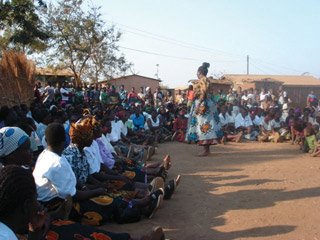
Preparatory meetings
We are all Architects on the ground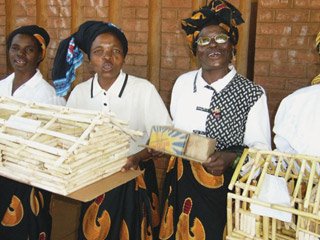
We will smile like this for our real houses
Celebrations during the Ground Breaking Ceremony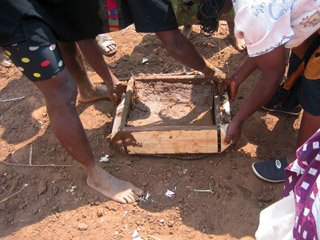
The first brick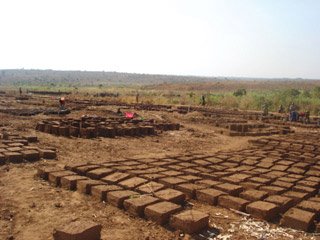
Adobe Everywhere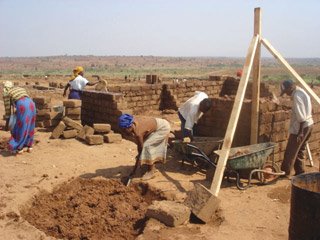
Look at our first house coming up
A hub of employment creation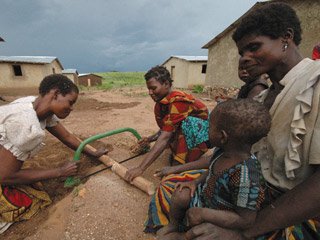
Women power
Home Finally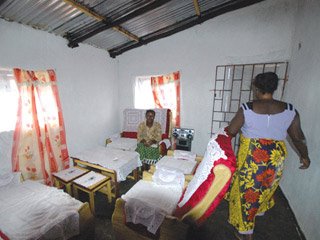
In the lounge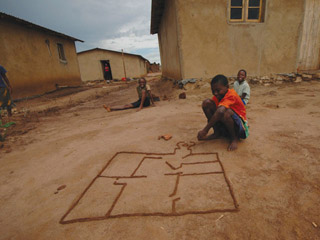
Future architects
See the whole photo story here.
SDI has built a combined total of 80,000 new homes in countries like South Africa, India, Thailand, Cambodia, & the Philippines.
They do so without help from the United Nations, the IMF, or the World Bank. They do so by empowering people. This is urbanism from the people up. It can be done.
More information about Slum Dwellers International:
Slum Dwellers International (SDI) is a loose network of people's organisations from an increasing number of countries in the [Global] South. The network is made up of Federations of community organisations and other grassroots initiatives that are in the process of developing Federations. Linked to this network is a group of professionals who are committed to supporting Federations of the urban poor.
The SDI affiliates in twenty-three countries have come together to give a voice to the poor in an arena of decision-making that has, in recent years, been confined to global organisations that champion neo-liberal theories of development.
As a counterpoint to these agencies, social movements (such as the women's and environmental movements) have emerged. They see themselves as opponents of centralised state power, backed by these global agencies - the United Nations, the International Monetary Fund and the World Bank.
Then there has been a plethora (now diminishing) of organisations in civil society who have mobilised poor individuals, mainly through micro-finance, to help poor people improve their individual standards of living as a means of adapting to the reality created by the alliance of power between multi-laterals and national governments.
SDI affiliates are attempting to pioneer an alternative route to the two that are mentioned above.






